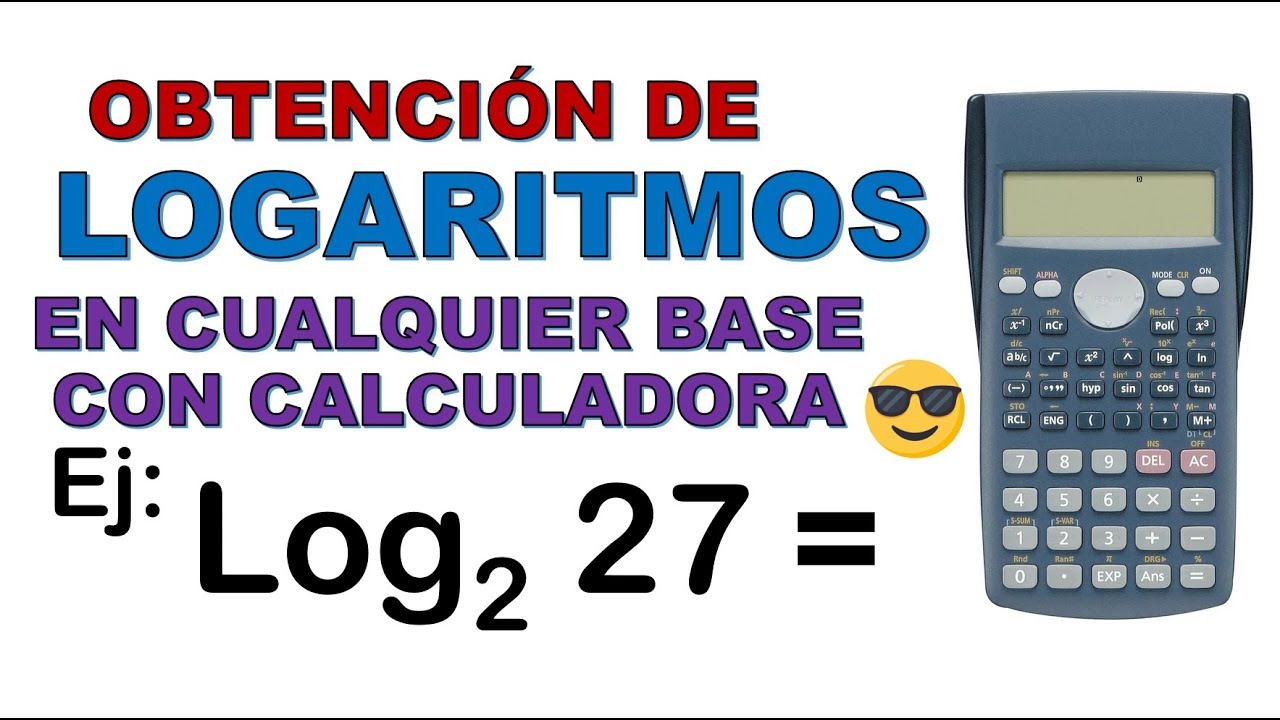The Basics of Logarithms
Logarithms are an important mathematical concept that is used in various fields such as mathematics, science, and engineering. In this article, we will cover the basics of logarithms and how they work.
What is a Logarithm?
A logarithm is the inverse operation of exponentiation. It represents the power to which a base number must be raised to obtain a given number. In simpler terms, it helps us to find the exponent in an exponential equation.
The logarithm of a number x with respect to a base b is denoted as logb(x). It is read as “log base b of x“.
Properties of Logarithms
Logarithms have several properties that make them useful in solving mathematical problems. Some of the important properties include:
- Product Rule: logb(xy) = logb(x) + logb(y)
- Quotient Rule: logb(x/y) = logb(x) – logb(y)
- Power Rule: logb(xn) = n * logb(x)
Common Logarithms and Natural Logarithms
The most commonly used bases for logarithms are 10 and the irrational number e (approximately 2.71828). Logarithms with base 10 are called common logarithms and are denoted by log(x). Logarithms with base e are called natural logarithms and are denoted by ln(x).
Common logarithms are often used in practical applications, while natural logarithms are commonly used in mathematical calculations involving exponential growth or decay.
Applications of Logarithms
Logarithms find numerous applications in various fields. Some of the common applications include:
- Exponential Growth and Decay: Logarithms help in understanding the rate of growth or decay in exponential functions.
- Acoustic Engineering: Logarithms are used in measuring sound intensity and calculating decibels.
- Computer Science: Logarithms play a vital role in algorithms and data structures.
- Population Studies: Logarithms are used to model population growth and predict future trends.
Understanding logarithms and their properties is essential for solving complex mathematical problems and analyzing various phenomena in the real world.
Method 1: Using the Logarithm Property
The logarithm property is a useful tool for solving mathematical problems involving exponential equations. In this method, we will use the property to simplify the equation and find the solution.
Step 1:
Start by identifying the exponential equation that you need to solve. It should be in the form of ax = b, where a is the base, x is the exponent, and b is a constant.
Step 2:
Take the logarithm of both sides of the equation using any base. The most commonly used bases are 10 (log10) and the natural logarithm (ln). Applying the logarithm property allows us to simplify the equation.
Step 3:
Use the logarithm property to rewrite the equation in a simpler form. For loga(bx) = xloga(b), you can solve for x by dividing both sides of the equation by loga(b).
Step 4:
Plug in the values of a and b and solve for x. This will give you the solution to the exponential equation.
Using the logarithm property is a powerful method for solving exponential equations. It allows us to simplify complex equations and find solutions more easily. However, it’s important to remember that the property can only be applied to equations in the form ax = b.
Method 2: Using the Change of Base Formula
Method 2: Using the Change of Base Formula.
One useful method for solving logarithmic equations is by utilizing the Change of Base Formula. This formula allows us to convert logarithms of any base to logarithms of a more convenient base, typically either base 10 or base e (natural logarithm).
To apply this method, follow these steps:
- Step 1: Identify the logarithmic equation you want to solve.
- Step 2: Determine the desired base for your logarithm. There are two common options: base 10 (log) or base e (ln).
- Step 3: Apply the Change of Base Formula, which states:
logb(x) = loga(x) / loga(b)
where a is the original base of the logarithm and b is the desired base.
By dividing the logarithm in the original base by the logarithm in the desired base, we can rewrite the equation using the new base.
Let’s look at an example:
Example:
Given the logarithmic equation:
log2(x) = 3
We can solve this equation using the Change of Base Formula. Let’s convert it to base 10:
log(x) / log(2) = 3
And simplify further:
log(x) = 3 * log(2)
Now, we can use the properties of logarithms to further simplify the equation and find the value of x.
Using the Change of Base Formula is a powerful tool for solving logarithmic equations when the base is not convenient for calculations. It allows us to convert the logarithm to a more familiar base, making the calculations easier and more straightforward.
Remember to always check the solutions for extraneous roots and ensure they satisfy the original equation.
That concludes Method 2: Using the Change of Base Formula. Stay tuned for more logarithmic equation solving techniques!
Example: Calculating Logarithm Base 2
Calculating Logarithm Base 2
Logarithms are mathematical functions that help us solve exponential equations. They tell us what exponent is needed to produce a certain number. In this example, we are going to calculate the logarithm of a given number using a base of 2.
Step 1:
Identify the number you want to calculate the logarithm for. Let’s say we have the number 16.
Step 2:
Determine the base of the logarithm. In this example, we are using a base of 2.
Step 3:
Start with the equation: log(base 2) x = y. We want to find the value of y, which represents the logarithm of the number x (in this case, 16) with a base of 2.
Step 4:
To calculate the logarithm, we need to rewrite the equation in exponential form. In this case, it would be: 2^y = 16.
Step 5:
Now, solve the exponential equation for y. In this case, 2^y = 16, so y = 4.
Therefore, the logarithm of 16 with a base of 2 is 4.
This process can be applied to any number and base, enabling us to solve exponential equations efficiently.
Applications of Logarithm Base 2
The logarithm base 2 is widely used in various fields due to its unique properties and applications. In this article, we will explore some of the major applications of logarithm base 2.
Data Storage and Compression
Logarithm base 2 plays a crucial role in data storage and compression algorithms. It is used to measure the amount of information contained in a given set of data. By applying logarithm base 2 to the number of possible outcomes, one can obtain the minimum number of bits required to represent the data efficiently. This is especially important when dealing with large amounts of data or transmitting data over limited bandwidth networks.
Binary Search
Logarithm base 2 is also valuable in binary search algorithms. In a sorted array, a binary search enables efficient searching by repeatedly dividing the search space in half. The logarithm base 2 is used to calculate the maximum number of iterations required to find the desired element in the array. This not only improves the search efficiency but also reduces the computational complexity of the algorithm.
Time and Space Complexity Analysis
When analyzing the performance of algorithms, it is common to use the logarithm base 2 to express the time and space complexity. For example, in algorithms with a divide-and-conquer approach, such as binary search or merge sort, the number of iterations or recursive calls can often be expressed as logarithm base 2 of the problem’s size. This allows for efficient comparisons and predictions of algorithm efficiency and scalability.
Information Theory
In the field of information theory, logarithm base 2 is utilized to measure entropy and information content in a source of data. By taking the logarithm base 2 of the number of possible outcomes, the amount of information needed to represent each outcome can be quantified. This forms the foundation for data compression techniques and coding theory.
These are just a few examples of how logarithm base 2 is applied in various domains. Its versatility and usefulness make it an essential tool in many mathematical and computational fields.

